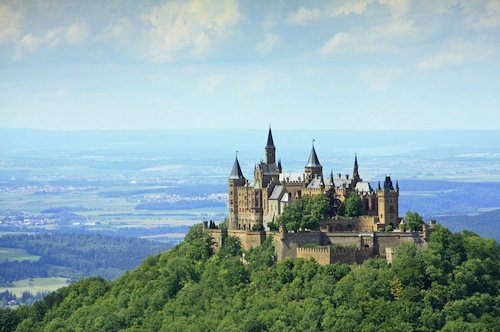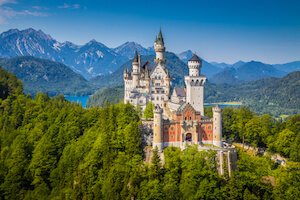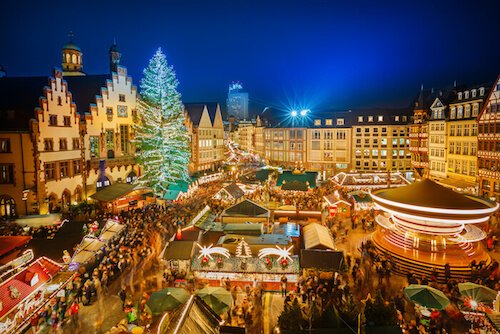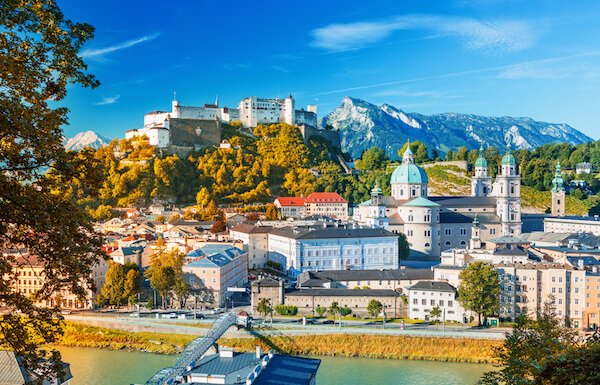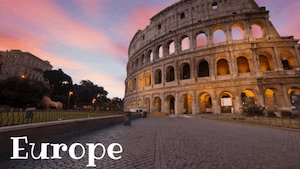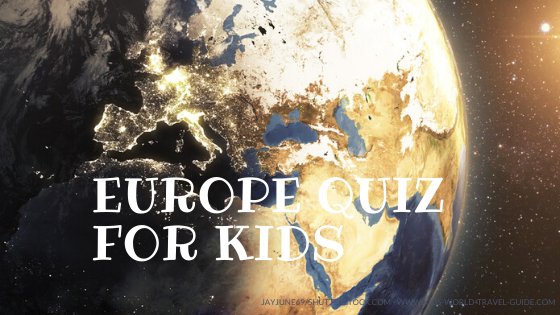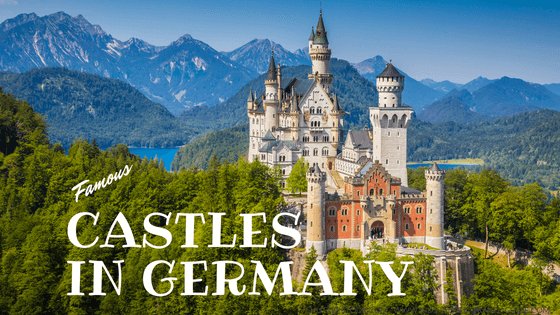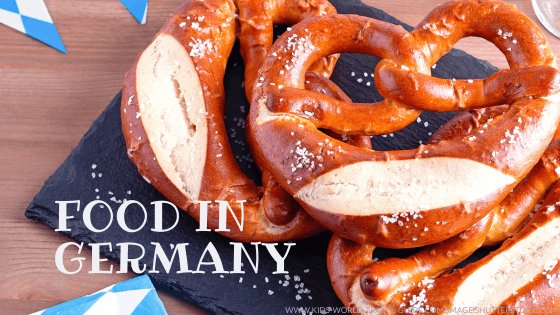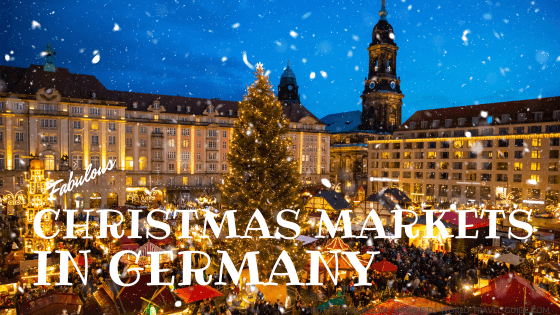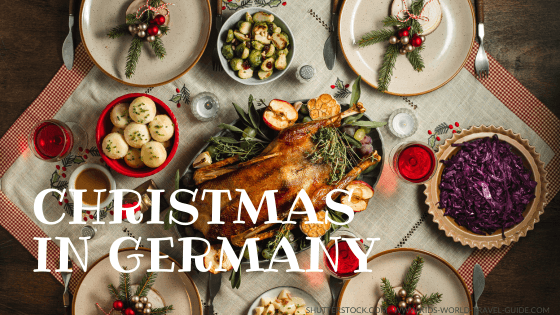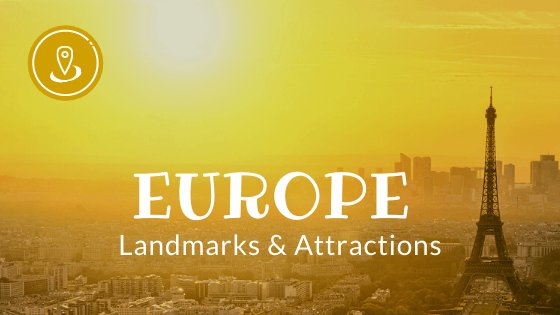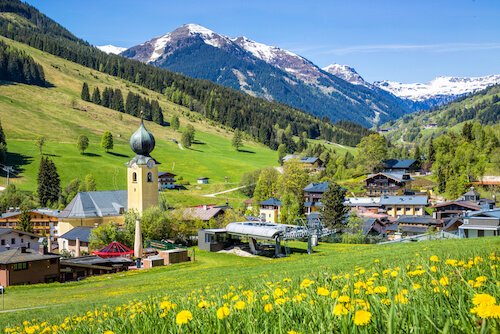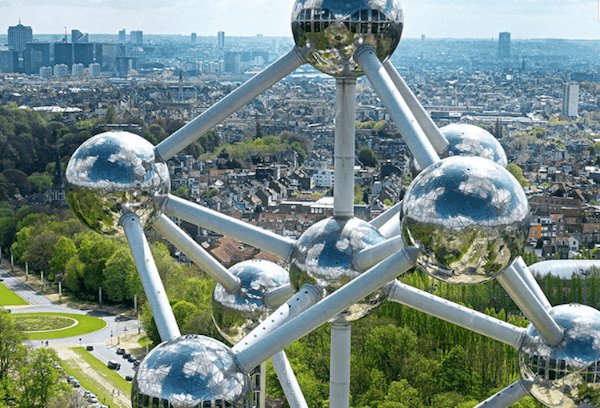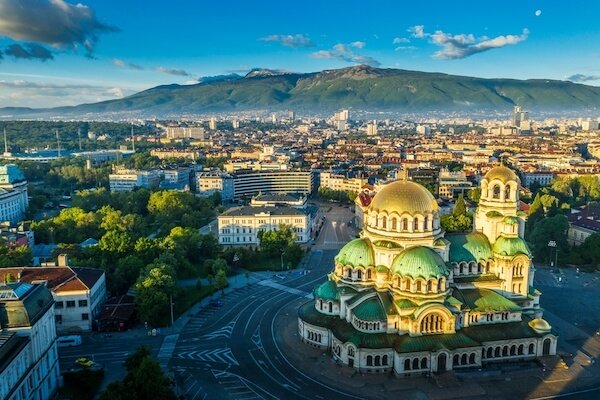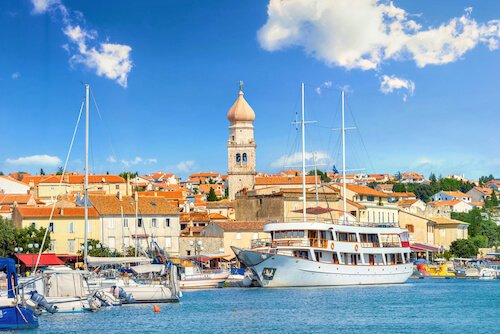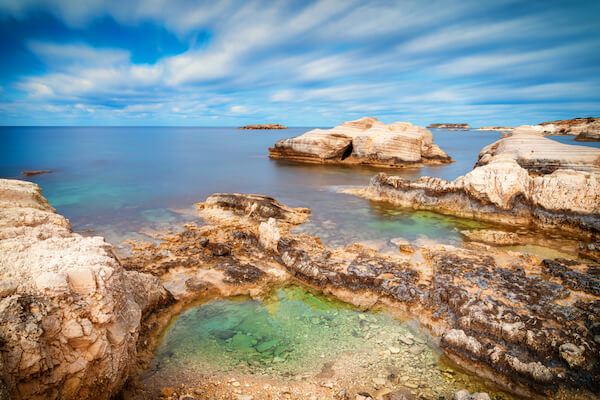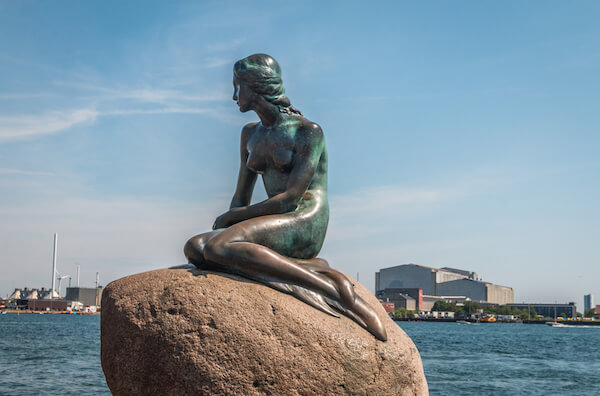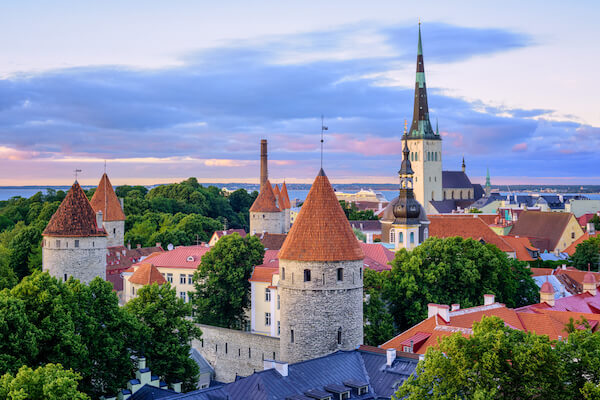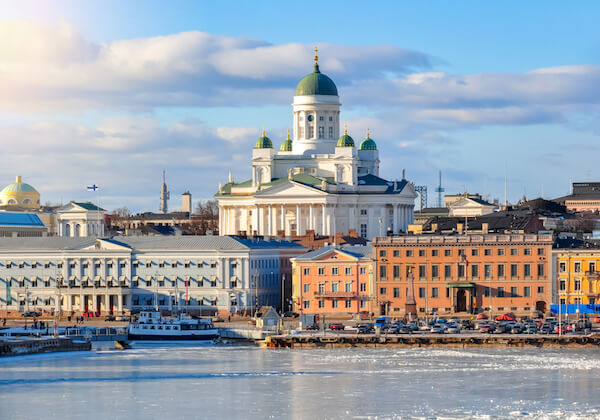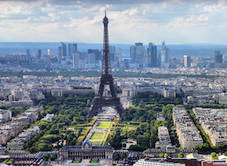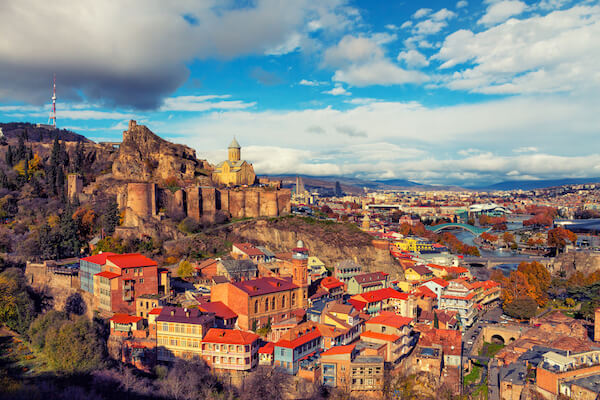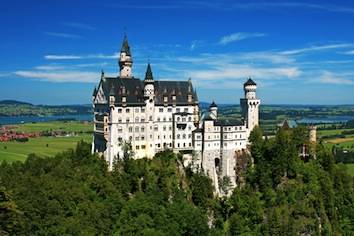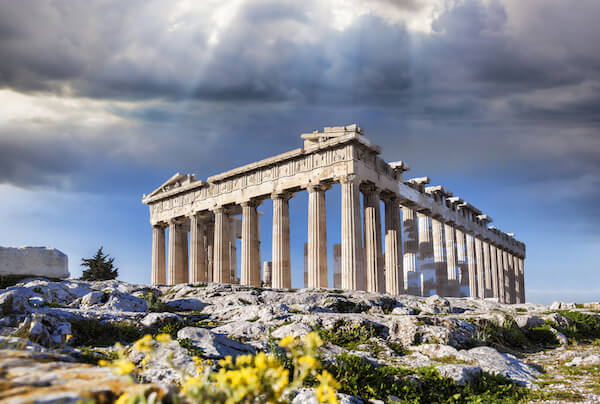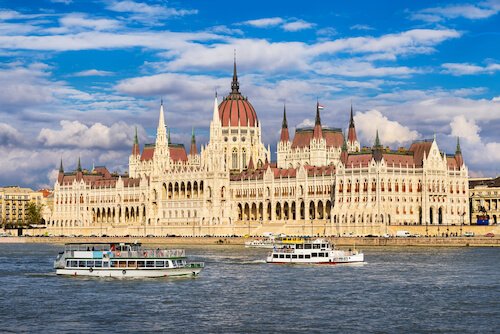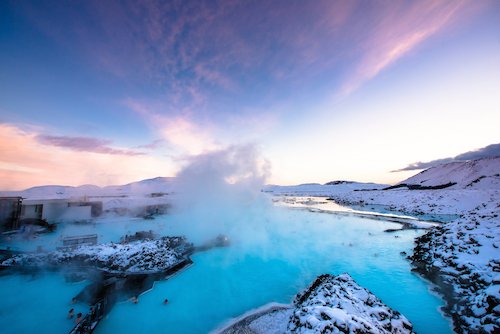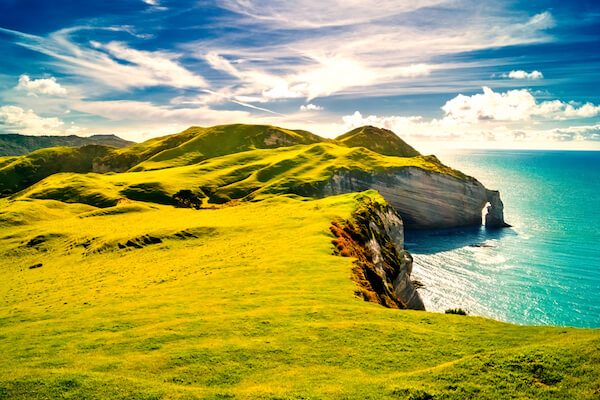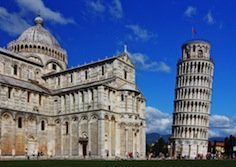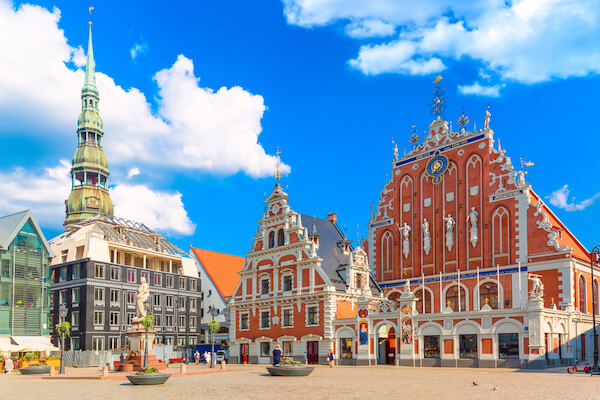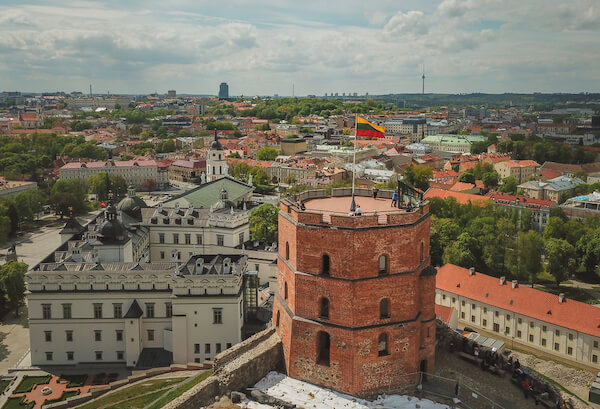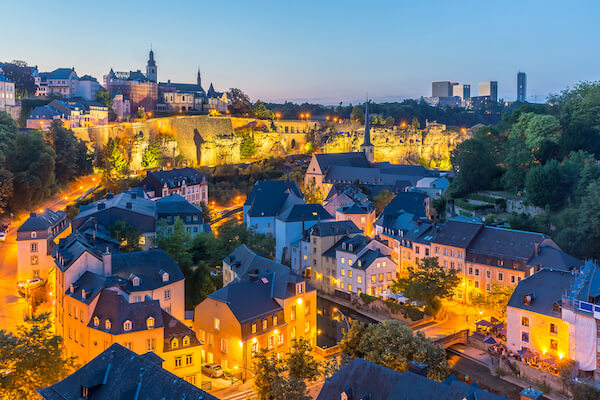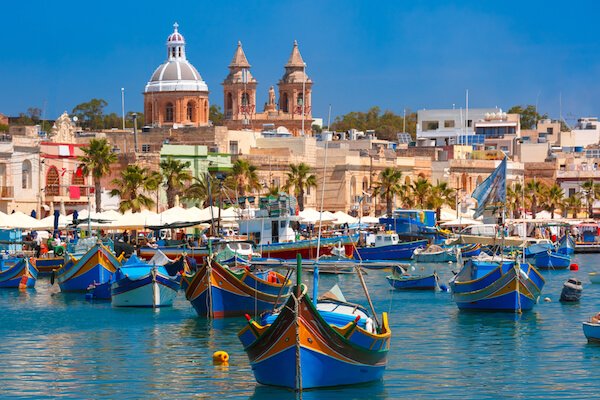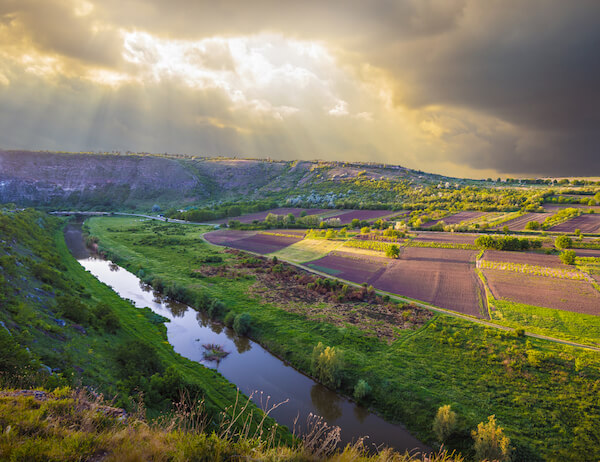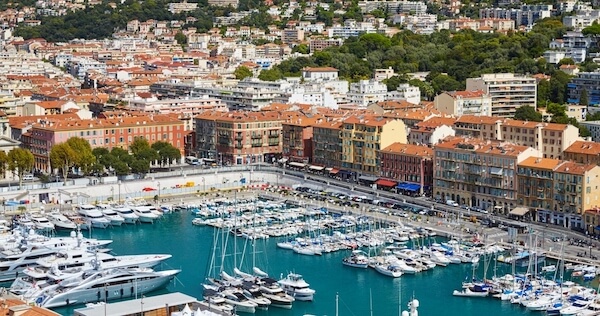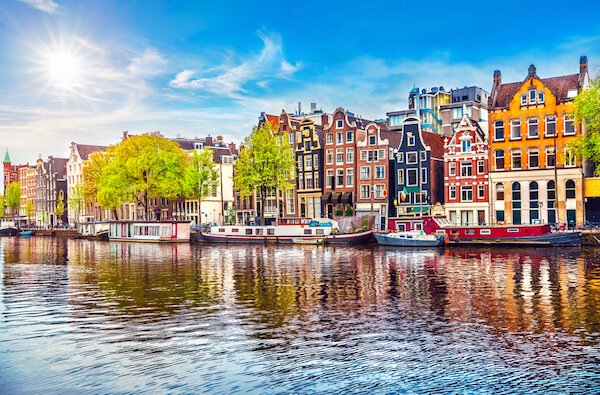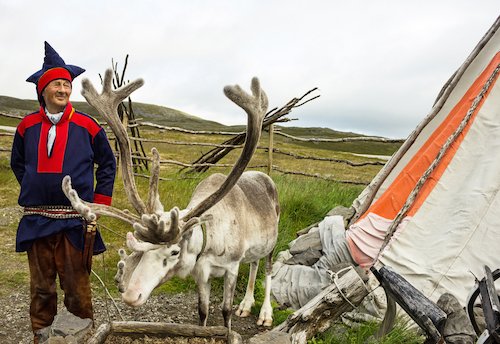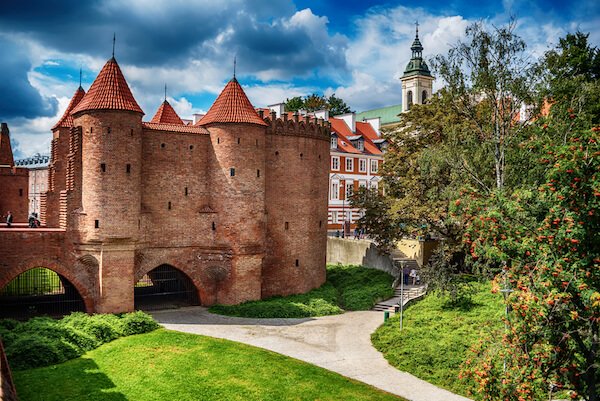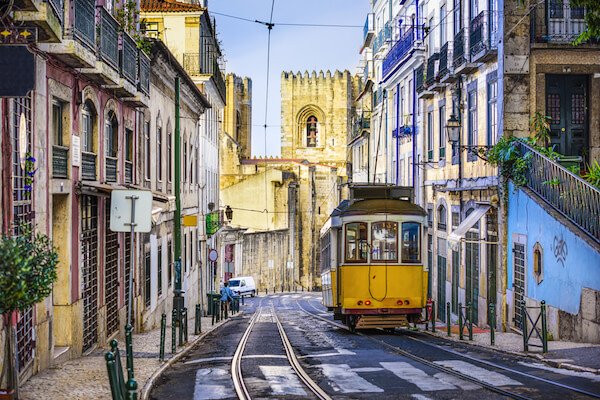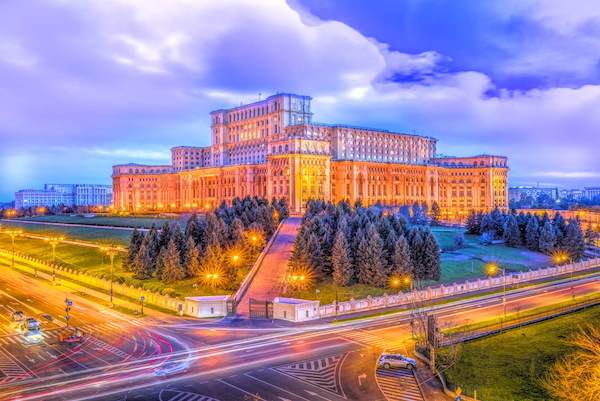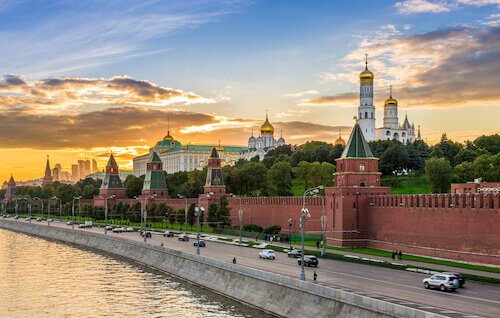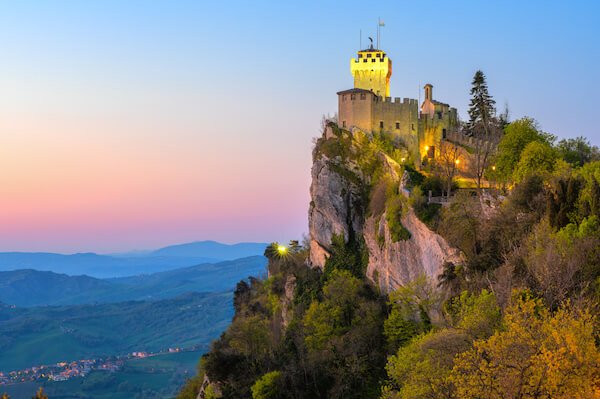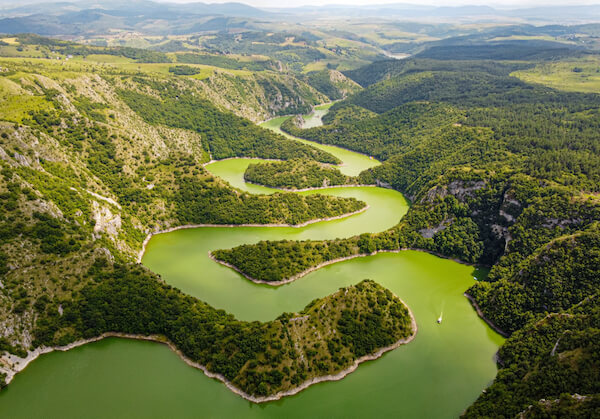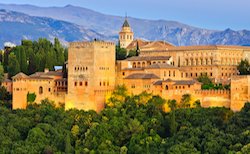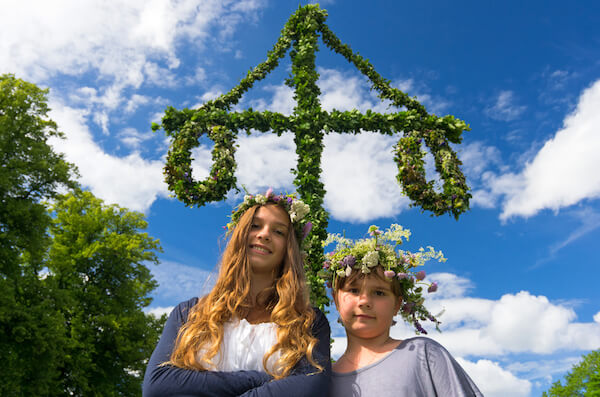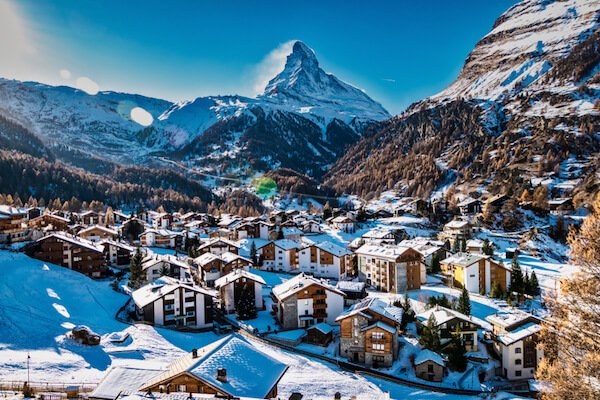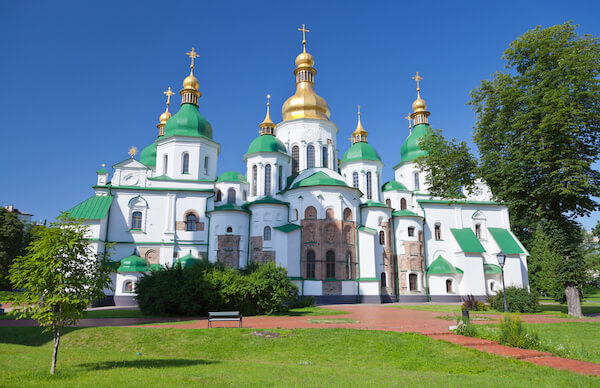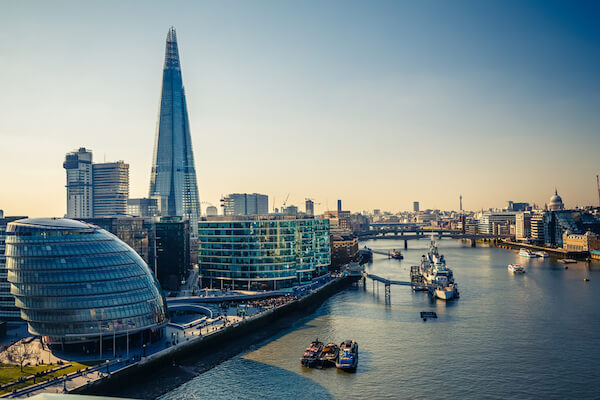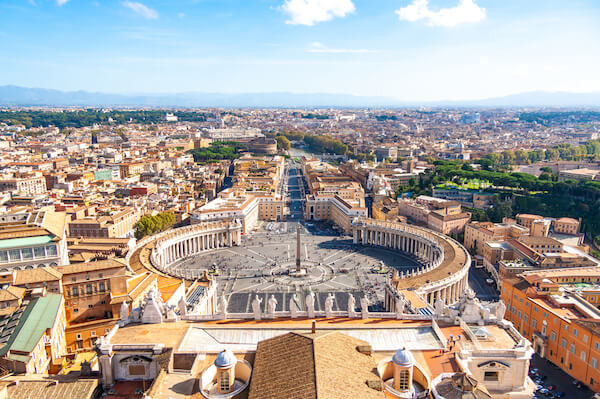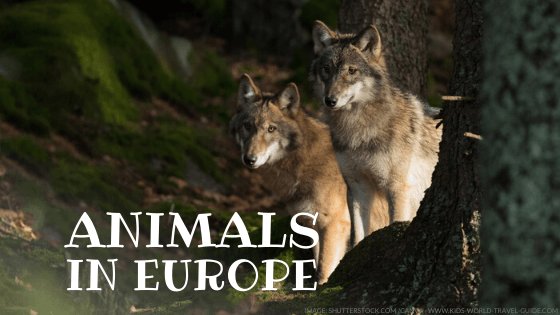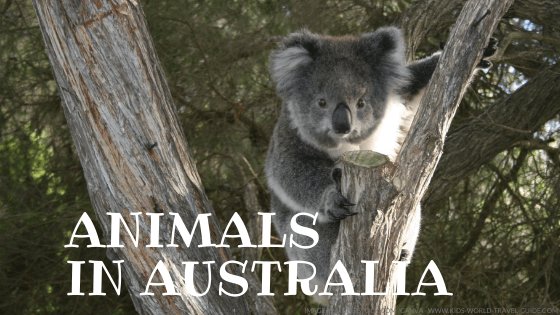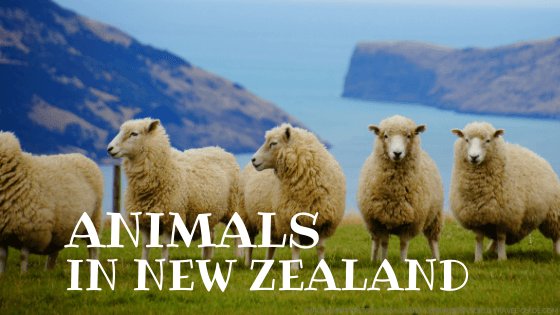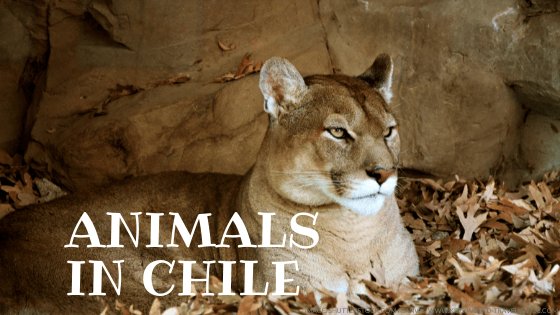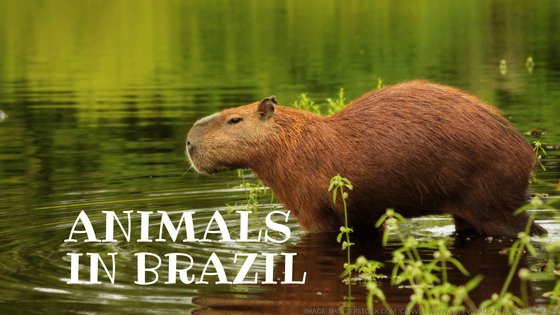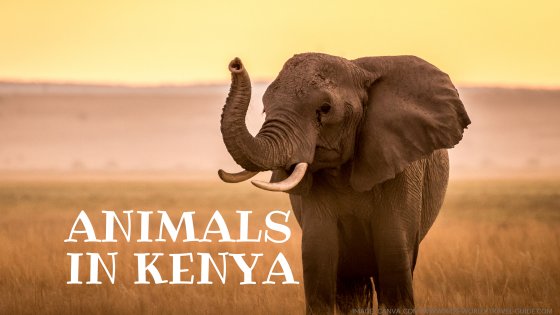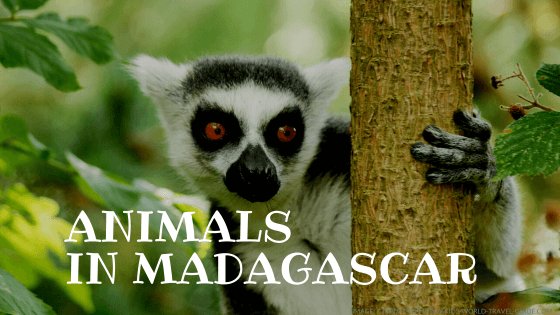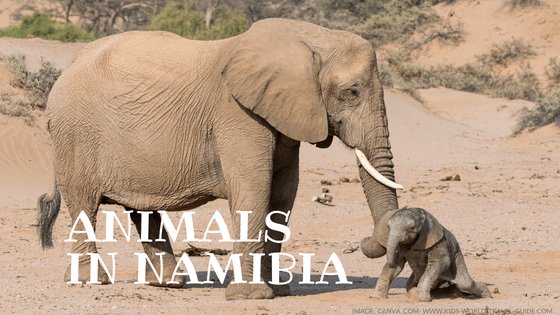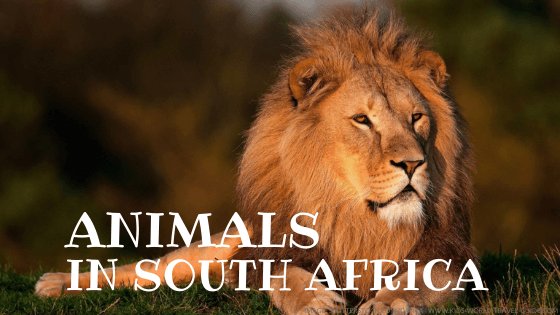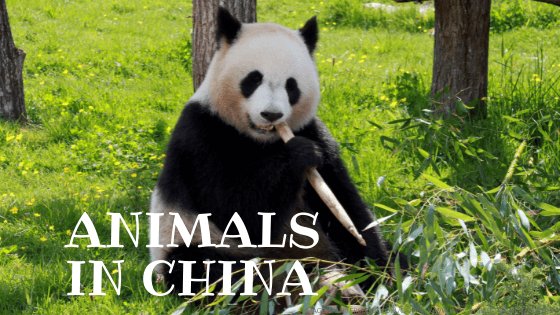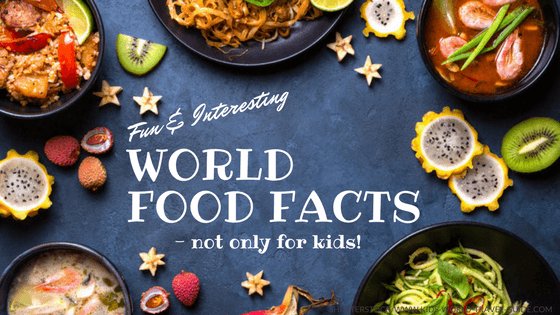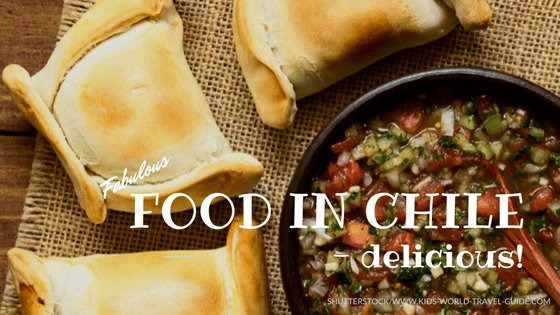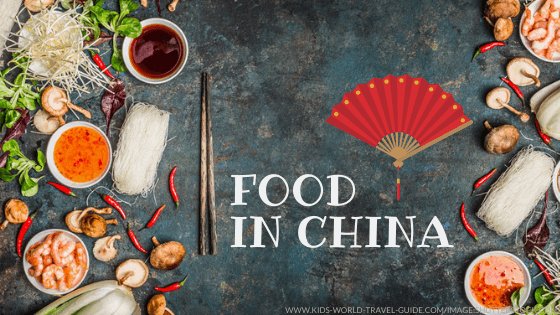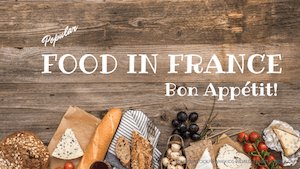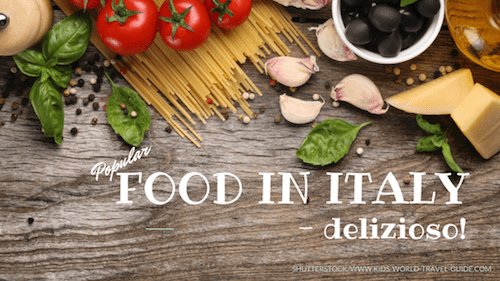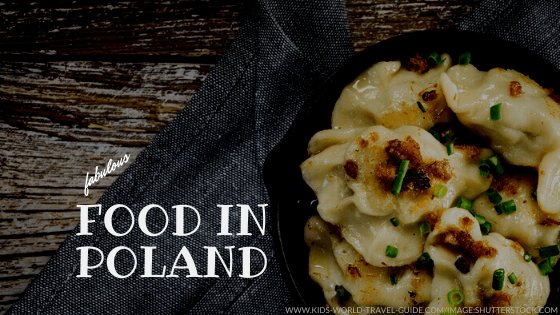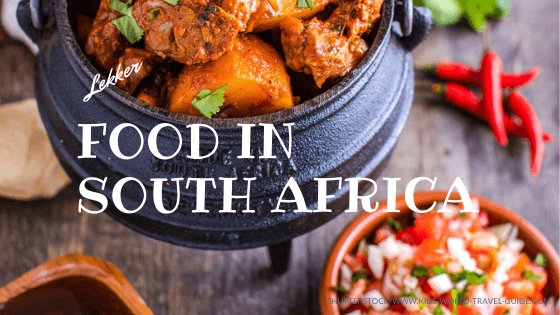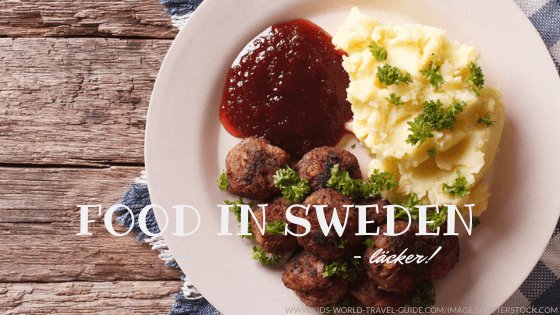- Homepage
- Germany
Germany Facts
Interesting Facts for Kids
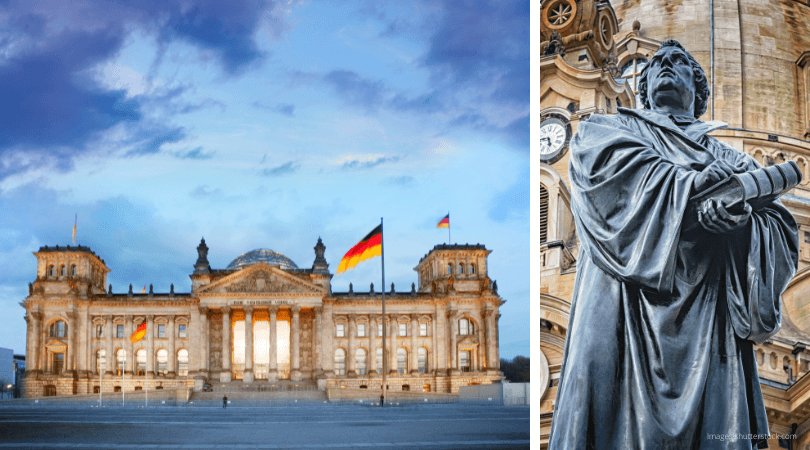 Germany Facts: Reichstag in Berlin, Martin Luther
Germany Facts: Reichstag in Berlin, Martin LutherHere are some interesting Germany Facts which were chosen and researched by kids especially for kids.
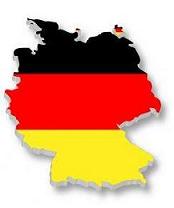
- Population: 84 million people live in Germany (2025). The majority of the people live in cities and towns.
- Capital: Berlin with 3.5 million inhabitants is not only Germany's capital city but also the biggest city.
- Name: Bundesrepublik Deutschland (Federal Republic of Germany)
- Government: Federal Parliamentary Republic
- Language: German
- Anthem: "Lied der Deutschen" (Song of the Germans)
- Literacy: More than 99% can read and write.
- Religion: mainly Christians (Protestants 34%, Roman Catholics 34%), Muslims about 4%
- Currency: 1 Euro = 100 cents, before 2001 German Mark/ Deutsche Mark (DM)
- Flag colors: black, red and gold
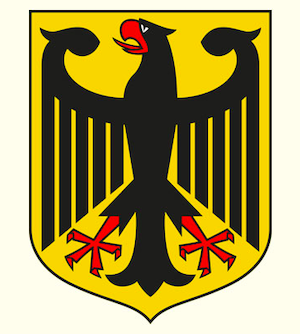
- National symbols: Federal eagle (main state symbol), oak tree (national tree)
- President: Frank-Walter Steinmeier (since 2017)
- Chancellor: Friedrich Merz (since 2025)
- History: Celts and Germanic tribes settled in the region before 800 BCE. The Romans expanded their empire to the area between the Rhine and Elbe rivers. An area called Germania was already described in 100 CE by Roman historian Tacitus. In the Middle Ages, the Kingdom of Germany was part of the Holy Roman Empire. During the Reformation period, Martin Luther began the Protestant reformation in Germany with the publication of his thesis in 1517. After the Napoleonic Wars, the German Confederation was formed which later led to the foundation of the German Empire in 1871. The raise of the Nazi regime in the 1930s led to World War II and the Holocaust. In 1949, Germany was separated into two states, West Germany (Federal Republic of Germany) and East Germany (German Democratic Republic). After the fall of the communist government of Eastern Germany and the fall of the Berlin Wall, finally the reunification of Germany happened in 1990.
- National Holiday: 3 October (Day of German Unity) "Tag der Deutschen Einheit". Here the musical score of the national anthem (Nationalhymne)

Where is Germany? - Germany Map
Germany is located in the center of Europe and shares borders with 9 countries: Denmark, Poland, Czech Republic, Austria, Switzerland, France , Luxembourg, Belgium and the Netherlands (clockwise from the top/north).
Germany is the second most populous country in Central Europe after Russia.
Germany borders the Atlantic Ocean to the north. The Baltic Sea (Ostsee) and the North Sea (Nordsee) and the lowlands form the natural borders in the North of Germany.
The Southern Germany borders are formed by the Alps mountains and Lake Constance (Bodensee).
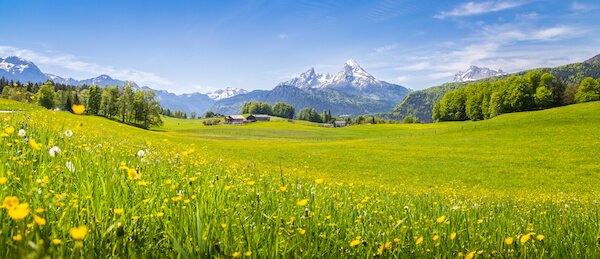 Alps in southern Germany
Alps in southern GermanyGermany is slightly smaller than Japan or the state of Montana/ USA.
Germany Facts for Kids
Germany Geography
- Germany is the seventh largest country in Europe in area and the most populous country of the 27 European Union countries with 84 million inhabitants. Germany has 16 federal states, of these, the federal state of North Rhine-Westphalia (Nordrhein-Westfalen) is the most populous and is home to over 17 million residents. Bavaria (Bayern) is the largest federal state in area.
- The longest river in Germany is the Rhein (Rhine in English). The Rhine river stretches about 1,230 km/ 765 miles.
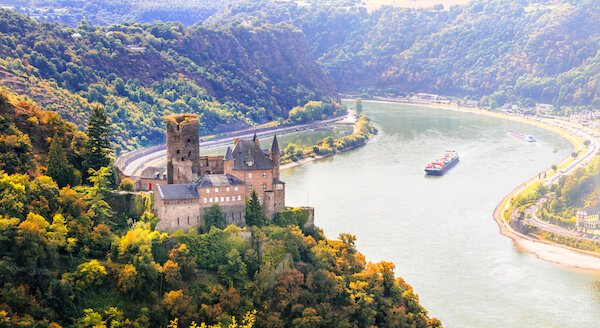 Rhine Valley and Castle Katz
Rhine Valley and Castle Katz- The Black Forest (Schwarzwald) is Germany's largest forested region. The forest is in south-western Germany.
- The largest island of Germany is Rügen in the Baltic Sea off the northern coastline. This island is large and as big as three times the land area of Malta or half as big as Mauritius!
- The largest lake in Germany is Lake Constance (Bodensee) in southwestern Germany. The lake is also the deepest lake in Germany and has a maximum depth of 254 m/ 833 ft. This is the region where the climate in Germany is the mildest.
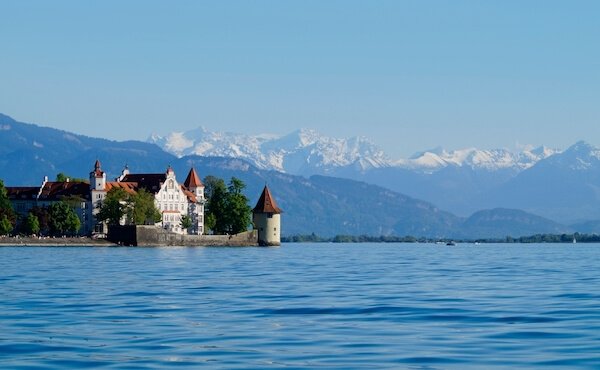 Lake Constance and Lindau
Lake Constance and Lindau- The tallest mountain in Germany is called 'Zugspitze' (which means 'windy peak') and this peak is 2,963 metres/ 9,721 ft above sea level. Germany's highest mountain is one of Germany's top attractions and many tourists visit the mountain top every year. You can take a cablecar up to the top of the mountain and have spectacular views of the Alps and the scenic countryside from there.
 Zugspitze - highest Mountain in Germany
Zugspitze - highest Mountain in GermanySee the amazing panoramic 360° views from the Zugspitz mountain top, to view click here. (It will take about 10 seconds to load this amazing panorama page. Please be patient the view is really worth the wait :-)
Germany Facts:
Attractions for Kids
There are so many attractions and the landmarks in the country that we only name a few of the most important German landmarks and sights here.
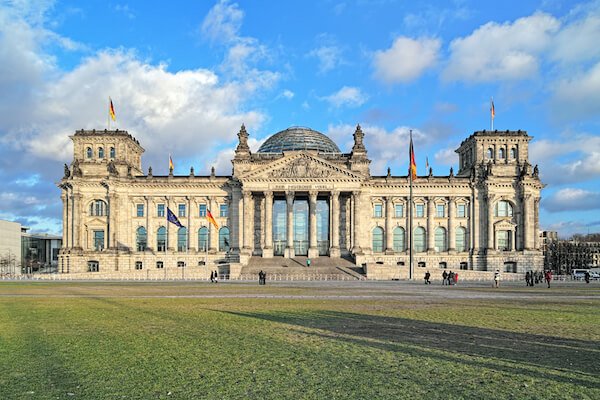 Berlin Reichstag
Berlin Reichstag- Berlin: learn about German history and re-unification, visit the Reichstag building and parliament, and see remnants of the wall that separated the western and eastern parts of the city
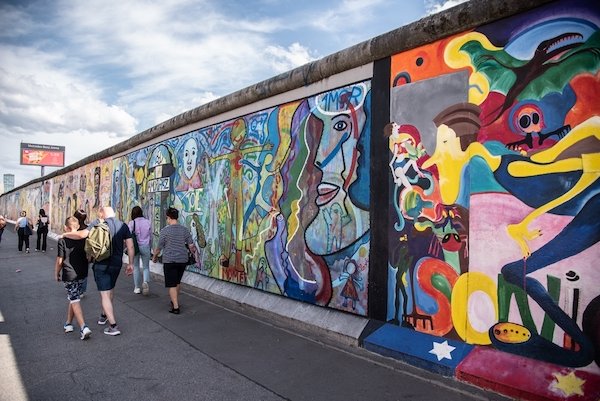 Berlin Wall - image by Christo Geogiev/shutterstock.com
Berlin Wall - image by Christo Geogiev/shutterstock.com- Cologne and the Rhine Valley: Cologne Cathedral, Lorelei and annual Carnival festivities
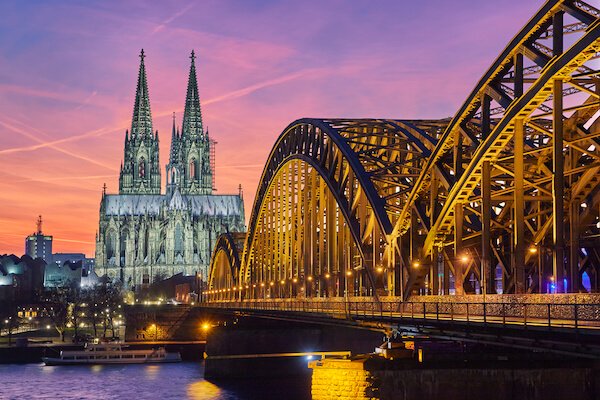 Cologne Cathedral and Hohenzollern Brücke
Cologne Cathedral and Hohenzollern Brücke- Black Forest: great for nature lovers and hikers with many picturesque villages, turquoise lakes and great forest walks.
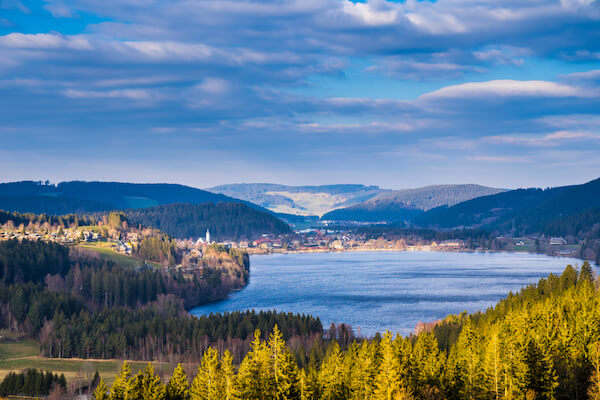 Black Forest with Lake Titisee
Black Forest with Lake Titisee- Rothenburg ob der Tauber: The medieval town is a bit touristy but very scenic and boasts a huge Christmas shop which is open all-year round.
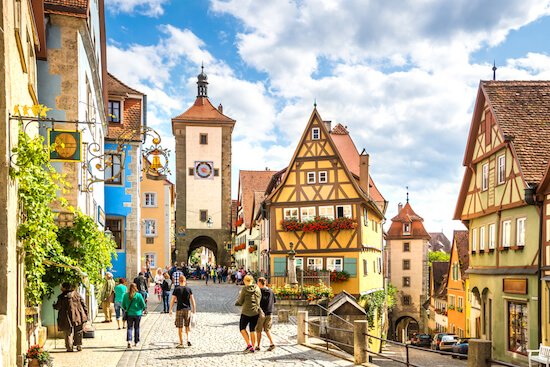 Rothenburg ob der Tauber
Rothenburg ob der Tauber- Northern Germany: Explore Germany's biggest island Rügen and the historic Hanse towns Stralsund und Rostock or further off Lübeck and Hamburg
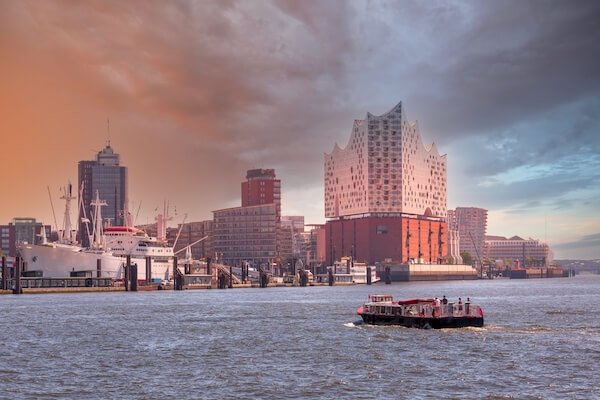 Hamburg Harbour and Elbphilharmonie
Hamburg Harbour and Elbphilharmonie- Munich: for its science and arts museums, experiencing the famous Oktoberfest and the typical Bavarian Gemütlichkeit (which means feeling home and being comfortable)
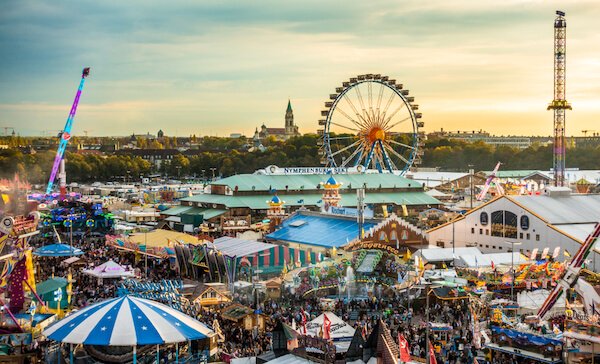 Oktoberfest - image by FooTToo/shutterstock.com
Oktoberfest - image by FooTToo/shutterstock.com- Bavaria and the German Alps: great for skiing, hiking and relaxed holidays. You just have to see these awe-inspiring castles such as Neuschwanstein or Herrenchiemsee
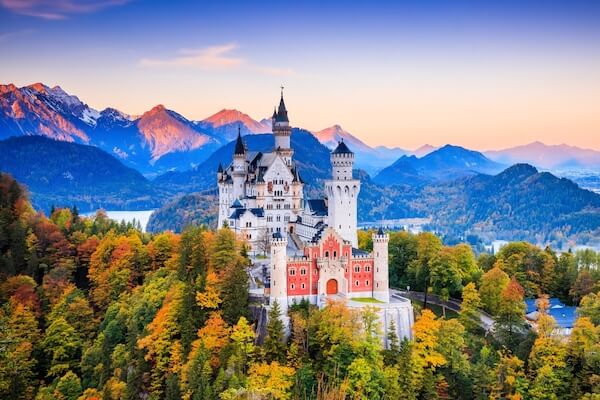
- Castles: There are more than 25,000 castles, fortresses and palaces in Germany, make sure to visit at least one of our top ten castles. Below you see the Residenz Würzburg (Palace of Würzburg)
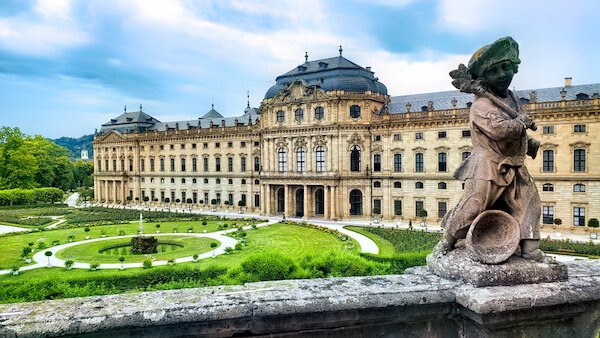
Read more about our favourite castles in Germany here.
Germany Facts about German People
Germany is home to about 83 million people. The largest cities in Germany are Berlin (3.5 million inhabitants), Hamburg, Munich and Cologne. Only these four cities are home to more than 1 million people. Although Frankfurt is one of the main transport hubs and the financial centre of Germany, the city of Frankfurt itself is much smaller with 800,000 inhabitants.
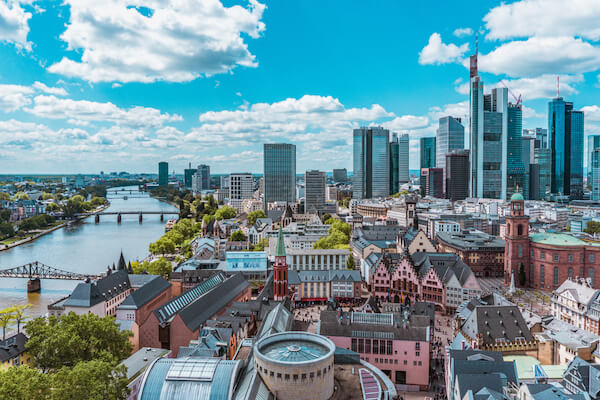 Frankfurt am Main - image by raquelvsa/shutterstock.com
Frankfurt am Main - image by raquelvsa/shutterstock.comGermany is densely populated and Germany is amongst the ten most densely populated countries in Europe and the Rhein-Ruhr area (Rhein-Ruhrgebiet) in central Germany is the most densely populated region. The Ruhrgebiet is home to more than 5.5 million people that live in about 50 municipalities in this area and the Rhein-Ruhr area houses about 14 million people. Amongst the main cities of the Ruhrgebiet are: Essen, Duisburg, Bochum and Dortmund.
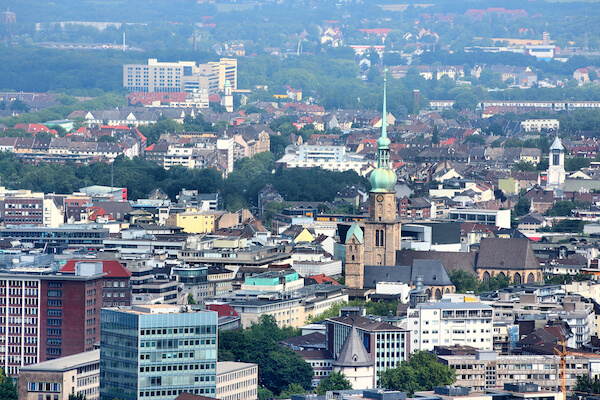 Dortmund
DortmundThe largest cities along the Rhein are Cologne, Bonn and Düsseldorf.
Germany is also one of the European countries that host the most immigrants in the EU. About 73% of the German population live in the country already since the 1950s and do not have any immigration background. However, there are also many immigrant families who live, study and work in Germany.
Germany Facts | Famous Germans
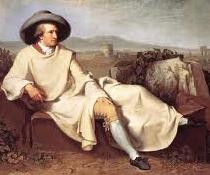 Famous Goethe Painting by Tischbein
Famous Goethe Painting by TischbeinGermany is well known for great poets, such as Johann Wolfgang von Goethe (you see him in the pictured above in the famous painting by Tischbein) and Friedrich Schiller, and many other writers, such as the Grimm brothers (remember the tale of Hansel and Gretel) or Thomas Mann. Because of these splendid writers as well as scientists and inventors such as Albert Einstein, Robert Koch or Gottlieb Daimler, the country is often referred to be the "Land der Dichter und Denker"(country of poets and thinkers).
Germans love going to the museums, concerts and theatres. These places which are well maintained and supported, so you will find many interesting places you can visit.
Germans also love sports! Many Germans are active in sports clubs such as soccer, tennis or gymnastics clubs. In schools, the most popular sports activities are soccer, volleyball, basketball, ballet and dancing. Sports idols Sebastian Vettel (Formula 1), Bastian Schweinsteiger or Joshua Kimmich (soccer) or Linus Strasser, Anna Schaffelhuber and Felix Neureuther (skiing) are or were cheered on by most Germans proudly. Many of you will already have have heard the names of Boris Becker, Steffi Graf or Angelique Kerber and Alexander Zverev, who are amongst the world's most known tennis stars.
The country's premier soccer league, called Bundesliga, is followed closely by many and Bayern Munich or Borussia Dortmund are firm favourites not only with Germans.
 German fans - image by Jacob Lund
German fans - image by Jacob LundThe most popular sports in Germany are soccer, tennis, swimming and skiing, although the latter is possible only in the southern and eastern parts of the country. Especially in the Bavarian Alps, the Mittelgebirge and the Erzgebirge, the mountains are high enough and warrant for enough snow to enjoy a multitude of wintersports facilities.
Germany Facts for Kids
Germany Economy
Germany is the third largest economy in the world - after the USA and China and the largest economy in the European Union (EU).
The main industries in Germany are engineering and manufacturing of machines, vehicles and electronics, chemicals, biotechnology and food production.
Some of the most well known German brands are car manufacturers BMW, Audi, Volkswagen (VW), Mercedes-Benz (formerly Daimler) and Porsche or the industrial manufacturer and industrial software developer Siemens or the software company SAP. Teddy bears and cuddly toys made by Steiff, or jelly bears or sour sweets by Haribo or Birkenstock sandals are known and enjoyed by people around the world. Many of you will know the ALDI shops too.
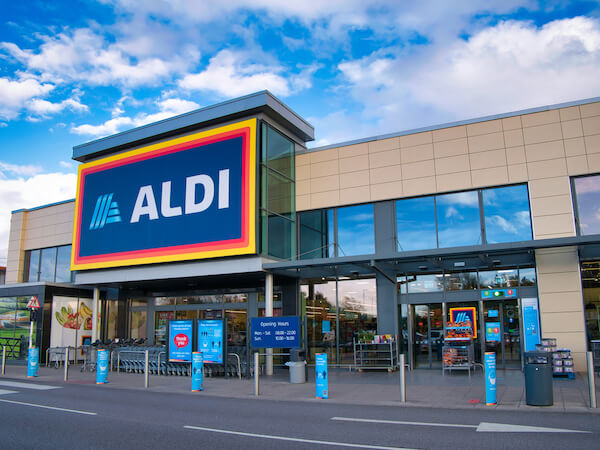 Aldi supermarket - image by Alan Morris/shutterstock.com
Aldi supermarket - image by Alan Morris/shutterstock.comThe unemployment in Germany is quite low with about 6% of the population looking for work, about 2.9 million people are unemployed. About 40% of the population work at least part-time especially in health care, social services and education.
Germany is a founding member of the European Union (EU) and among others also member of the United Nations (UN) for 50 years!
Did you know that Adidas and Puma are both also German brands and the companies were started by two brothers Adi Dassler (Adidas) and Rudolf Dassler.
Facts about Animals in Germany for Kids
Germany has a rich and diverse wildlife and the most common wild mammals are deer, foxes, boars, hedgehogs, hares and badgers.
Wild boars are abundant in many areas and there are over 1 million wild boars in Germany's forests and grasslands as well as mountainous areas in Southern Germany. Some of the inquisitive mammals even roam the suburban areas of the larger cities such as Berlin. Did you know that a wild boar can weigh up to 200 kg/ 440 lbs?
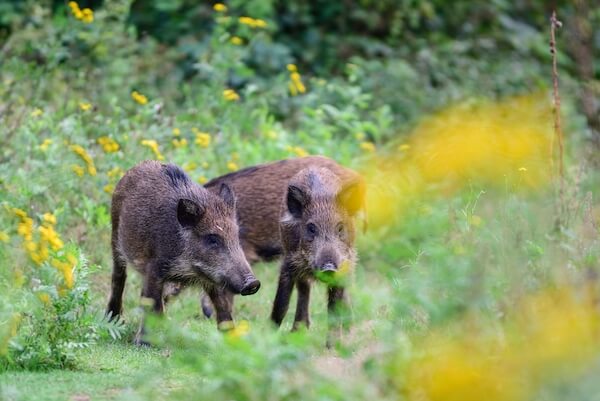 Wild boars roaming the forests
Wild boars roaming the forestsThere are 16 national parks in Germany and over 400 zoos, of which Zoo Berlin is the most famous and is the Germany's oldest zoo as it was established already 180 years ago. Berlin Zoo claims to have the largest variety of species of all the zoos in the world! The zoo is home to the almost extinct Giant Panda and is active in protecting and raising this vulnerable species.
The Wadden Sea in northern Germany is a coastal area rich in marine life and migratory birds.
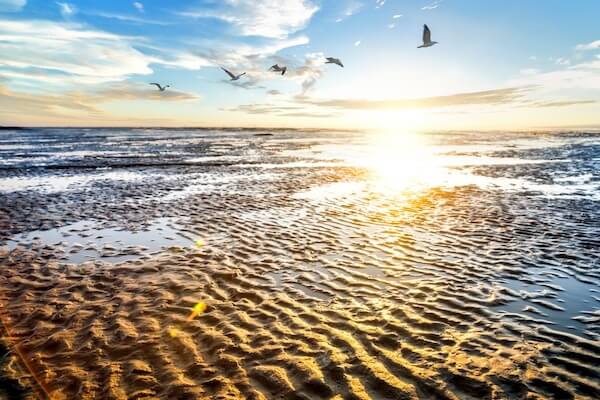 Wadden Sea
Wadden SeaGermany Facts | German Food
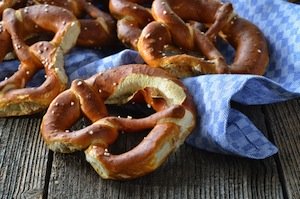
Most of the German main dishes contain either meats, mainly pork, beef and veal or fish. Germans often eat potatoes, but pasta dishes are also very popular, especially with the younger generations. The Germans love their bread, which is mainly a mix of wheat and rye flour and is much darker and has a hard crust. Bread rolls are also eaten.
Sauerkraut, Sausages and Brezeln (Pretzels, see in the picture above) are surely the most famous German food exports and in Germany you will find fresh bread, bread rolls and pretzels as well as delicious cakes and pastry in the numerous bakery shops. Even little villages often have more than two or three bakers and you will have the choice of many different types of bread and rolls.
Germans love their meat, but you will find more and more vegetarian dishes on the menus in restaurants now too, although there are many more variations of dishes with meat available. Schweinebraten oder Schweinsbraten (roast pork knuckles) is very popular in Southern Germany while Rinderbraten (beef roast) is more popular in Northern Germany.
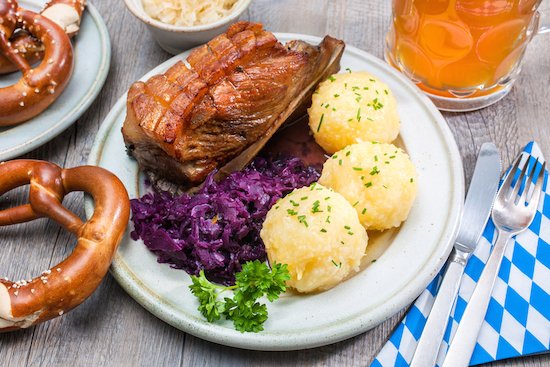 German Food: Roast pork with dumplings and red cabbage
German Food: Roast pork with dumplings and red cabbageGermany Facts: More typical German food:
- Sauerkraut: probably the most famous vegetable associated with German food. It is eaten in Germany with potatoes and meat, but traditionally not eaten with fish as in many other parts in the world.
- Rotkraut: meaning red cabbage, see in image above
- Knödel, either as Semmelknödel: bread dumplings, eaten either with mushrooms in a creamy sauce or with meat dishes or Kartoffelknödel: potato dumplings
- Spargel: white asparagus is harvested in late April and until 24 June. It has a very distinct flavour and is very healthy! Usually accompanied by ham and a white creamy sauce, this vegetable is really delicious.
- Black Forest Cake: delicious dark chocolate sponge cake filled with cherries and cream.
 Blackforest Cake - Schwarzwälder Kirschtorte
Blackforest Cake - Schwarzwälder Kirschtorte- Weisswurst: very pale veal sausage, cooked and eaten in Bavaria - usually in midmorning, before noon.
- Stollen and Lebkuchen: Delicious cakes, decorated biscuits and various gingerbread cookies are eaten at Christmas time in Germany
Did you know that Germans do produce lovely wine as well as beer? The valleys along the Rhine and Mosel rivers are well known for their wines. Bavaria is known for its beer and the many micro breweries.
Germany Facts for Kids | Resources
- European Union. "Germany" EU. Last accessed 3 October 2025
- Deutscher Bundestag. "Nationalhymne". Last accessed 3 October 2025
- Federal Ministry of the Interior and Community. "Anthem". DomesticProtocolOffice. Last accessed 3 October 2025
- Central Intelligence Agency. "Germany" CIA World FactBook.Last updated 17 September 2024. Last accessed 3 October 2025
- Germany Tourism Office. "Germany - Einfach freundlich." GermanyTravel. Last accessed 3 October 2025
Popular Pages
Please bookmark this page if you are interested in Germany Facts for Kids as my Germany Facts will be updated regularly. And enjoy learning more great Germany Facts soon:-)
Picture credits in main text: 1.Adriana Martins at sxc.hu, 2.Christa Riechert at sxc.hu, 3.at sxc.hu, others own or shutterstock.com
Return from Germany Facts to Kids-World-Travel-Guide Homepage
***

